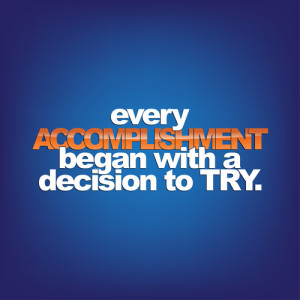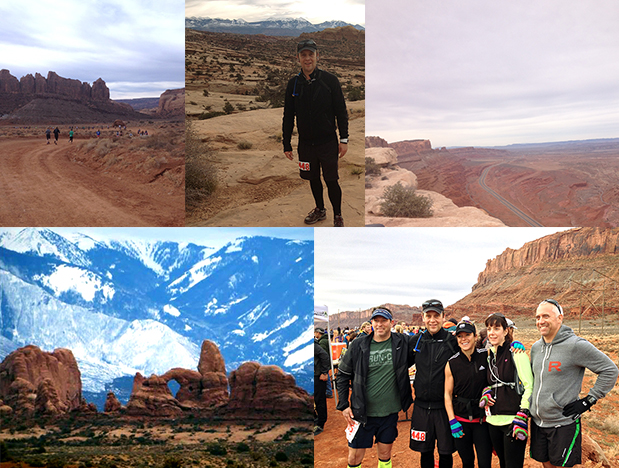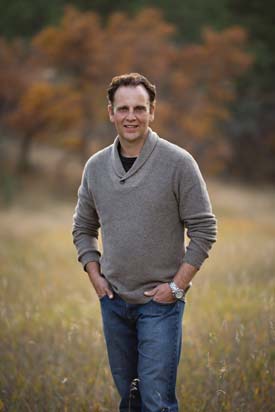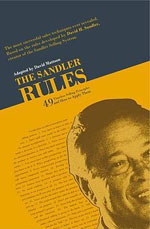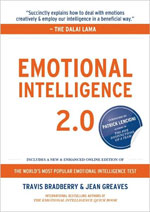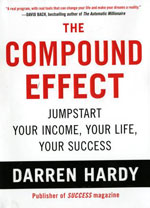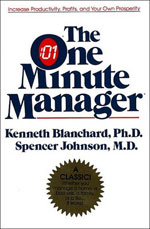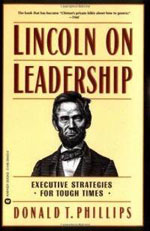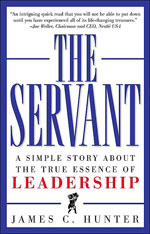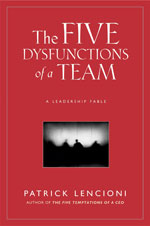 Your environment must support your goals! I view our environments as simply who we see and what we experience every day. We often take for granted the influence our environments have on us, for environments by nature are familiar and comfortable. Yet your environment can also become a thief and distract you from focusing on and working toward your goals. If you want to achieve extraordinary results, you need the right people surrounding you, along with a physical environment that supports your goals in life.
Your environment must support your goals! I view our environments as simply who we see and what we experience every day. We often take for granted the influence our environments have on us, for environments by nature are familiar and comfortable. Yet your environment can also become a thief and distract you from focusing on and working toward your goals. If you want to achieve extraordinary results, you need the right people surrounding you, along with a physical environment that supports your goals in life.
It’s impossible to work in complete isolation. Every day, people come in contact with us and vice versa. Undeniably, these people influence our attitudes, our health, and our performance—either in a negative or a positive way.
The people you surround yourself with are more important than you think. The reality is this: as you socialize, work, and simply live, you will likely acquire the attitudes and habits (both good and bad) of the people around you. As strong as you may be, it’s virtually impossible to avoid negative influences forever. That’s why it’s important to surround yourself with the right people.
While negative attitude thieves will rob you of your positive energy, supportive and positive people will do the opposite—they will uphold you as you travel the road to success. Ultimately, being around success-minded individuals creates what researchers call a “positive spiral of success”—these people lift you up, support you, encourage you, and push you along the winding and sometimes difficult road to success.
In the book Connected: The Surprising Power of Our Social Networks and How They Shape Our Lives, authors James H. Fowler and Dr. Nicholas A. Christakis illustrate through their research that the people we surround ourselves with influence aspects of life such as smoking, drug use, drinking, eating, happiness, and overall health. For example, one of their studies revealed that if one of your friends becomes obese, you have a 57% chance of becoming obese as well. Fowler and Christakis argue that this phenomenon is a result of our social networks setting a standard for our lives. In other words, over time, you begin to think, act, and look like the people you surround yourself with. That’s why we need to choose people that influence our habits and our thinking in a positive way—our success depends on it.
When I was a kid, I played hockey in Western Canada. Every year during tryouts, I started the year barely making the competitive travel team, only to be cut early in the season and demoted to the house league. It was always hard and disappointing when I got cut: being told I wasn’t good enough to skate with the elite travel team was a bitter pill to swallow. However, when I got to the house league, I was the man! I got tons of ice time, was looked to for handling key plays and situations, and was admired by my coaches and fellow teammates. Inevitably, I got called up to the travel team to fill a roster spot when they were short players. I got limited ice time and was really only used by my coaches in non-critical plays (in other words, to give the better players a rest).
I remember always resisting my Dad when he made me take the opportunity to play with the travel team because I was comfortable playing on the house team. The league rules stated that if you played more than five league games with the travel team, they had to carry you on their roster for the remainder of the year. Every year, I ended up getting a roster spot and finishing the season with the elite travel team.
By the end of the season, in an ironic turn of events, I wasn’t the weakest link. Throughout the season, I had grown mentally, my skills had improved, and I was, all around, a better hockey player. Although I may not have been the star of the team, I wasn’t “riding the pine.” By playing with better hockey players, I became better, and that would not have happened if I had stayed comfortable playing in the house league. To this day, I still think about this experience as I work to further my career and personal goals.
I discovered another fascinating study that especially resonates with me because I have young children. This particular study followed the relationships of 500 children with their best friends. The results of the study revealed that children who maintained relationships with high-achieving students got better grades on their own report cards. Furthermore, the additional benefits were remarkable: these students also exhibited a stronger overall motivation toward academic performance and excellence. I remember that my Mom was often concerned with the company I kept as a child and young adult—how right she was to focus on this!
The wrong kinds of people will no doubt deter, dissuade, and distract you from your pursuit of success, yet the opposite is also true: the right kinds of people can propel you further forward. No one succeeds alone, and no one fails alone. Always be aware of the company you keep, and always surround yourself with people that lift you higher. As comedian Lily Tomlin said, “The road to success is always under construction.” Pave your road with the right environment and the right people!

